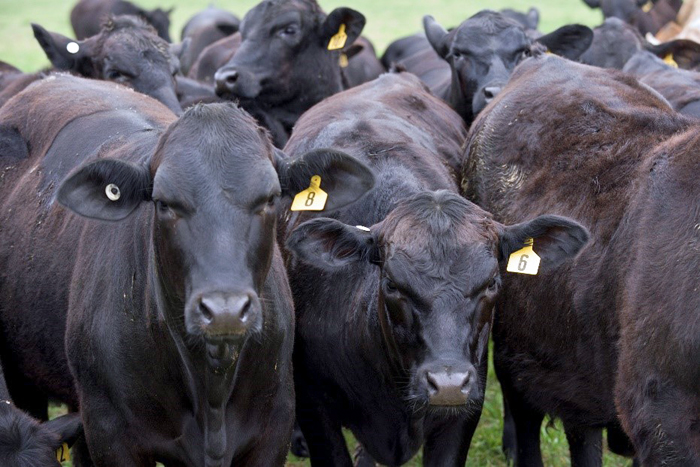
by Cliff Lamb | Dec 16, 2016
Pedro L. P. Fontes and G. Cliff Lamb, University of Florida – North Florida Research and Education Center, Marianna, FL The efficiency of post-weaning development of heifers has a major impact on the overall profitability of cow-calf operations. To ensure satisfactory...
by John Doyle Atkins | Dec 16, 2016
Santa Rosa County is not a major corn producer, as compared to the Midwest, but farmers there do grow 600-800 acres of field corn each year. These producers plant corn as a summer rotational crop, some for cattle feed, and a significant acreage is planted and sold to...
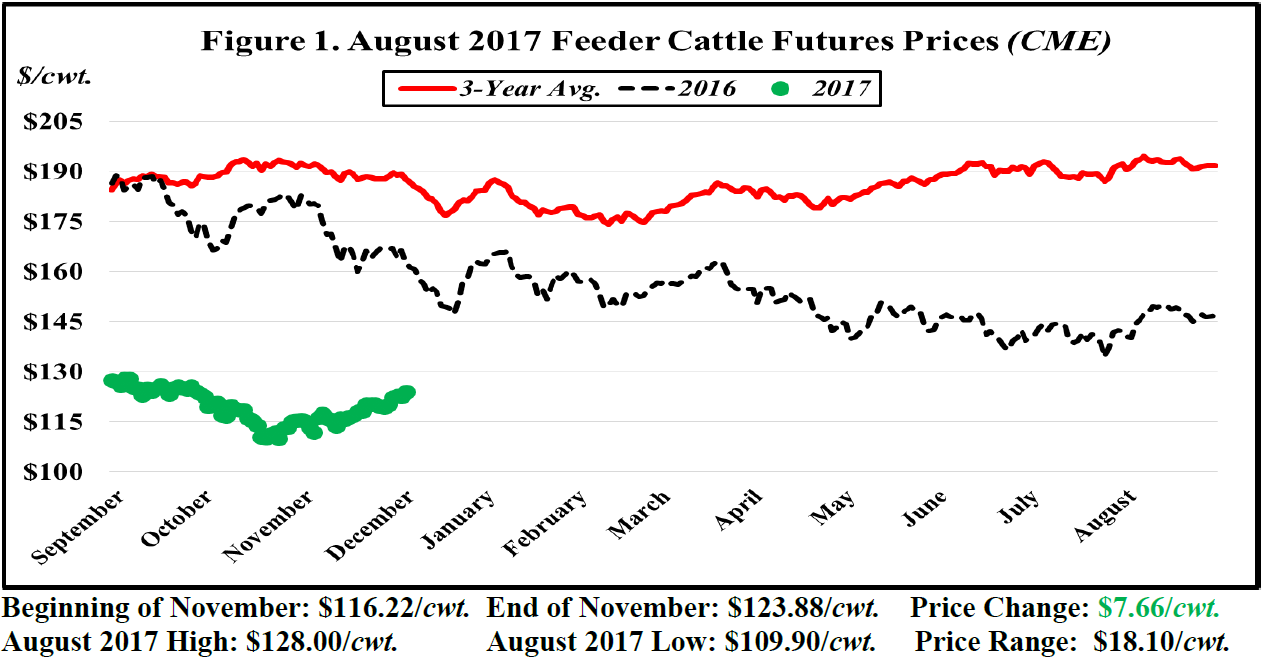
by Chris Prevatt | Dec 16, 2016
The August 2017 Feeder Cattle futures contract increased by $7.66/cwt. during November. Based on this futures price increase, August Feeder Cattle revenues increased by approximately $57.45/head ($7.66/cwt. * 7.5 cwt.) on a 750-pound feeder steer which amounts to...
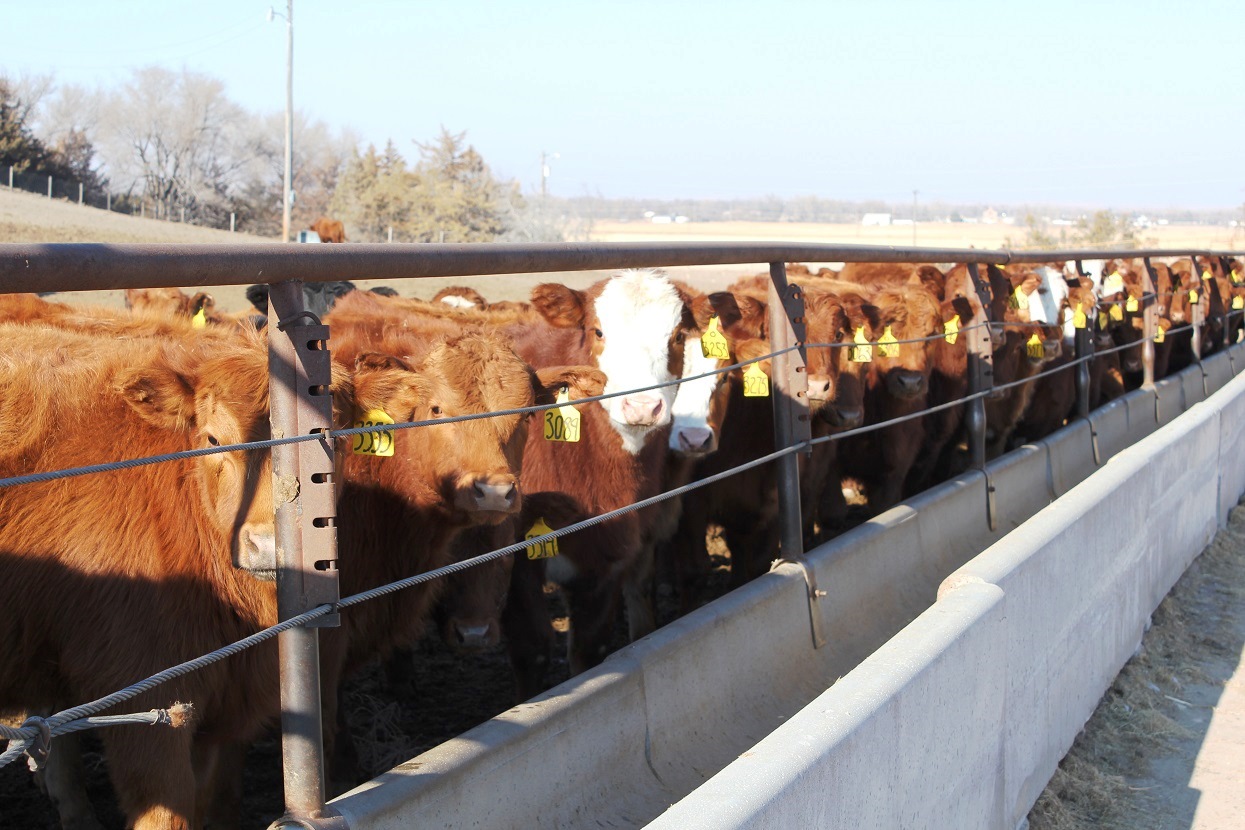
by Doug Mayo | Dec 16, 2016
Source: FDA CVM Animal Feed Safety System Team As of January 1, 2017, animal producers will not be able to purchase feeds over the counter that contain antimicrobials deemed important for human health. Instead, to buy and use feeds containing those antimicrobials,...
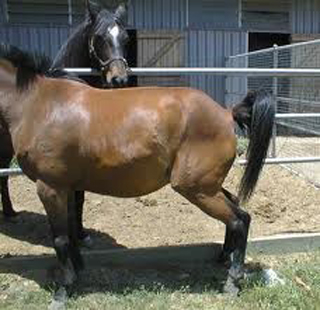
by Saundra TenBroeck | Dec 2, 2016
Horses are seasonal breeders When day length is getting shorter, mares begin to grow winter hair coats, their estrous cycles become erratic, then they stop ovulating for a period of time that is called anestrous. After December 21st (winter solstice) the days begin...
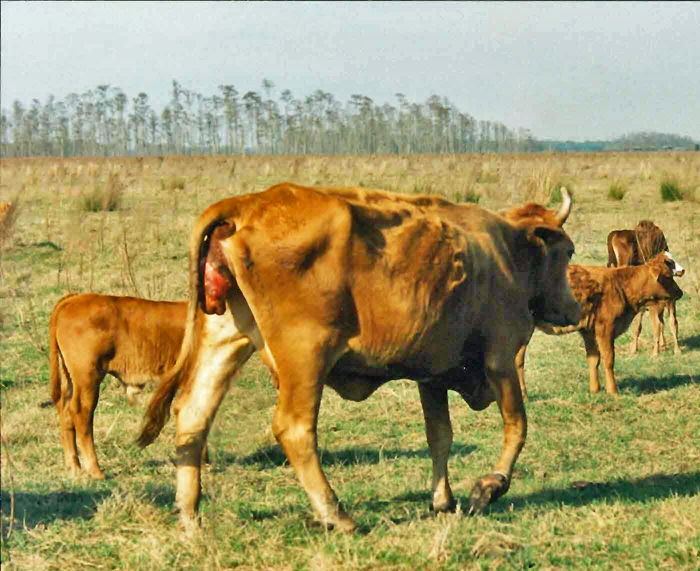
by external | Dec 2, 2016
Glenn Selk, Oklahoma State University Emeritus Extension Animal Scientist Prolapses occur occasionally in beef cows. Most prolapses occur around calving time. Two distinct kinds of prolapse exist. Uterine prolapses are most likely to occur during or shortly after...






